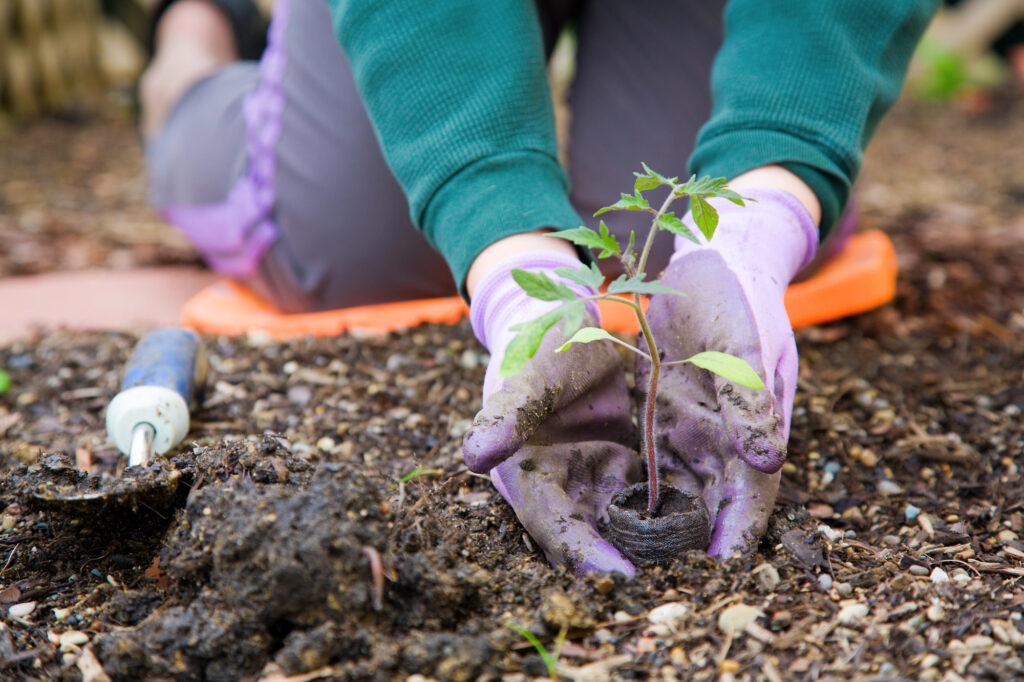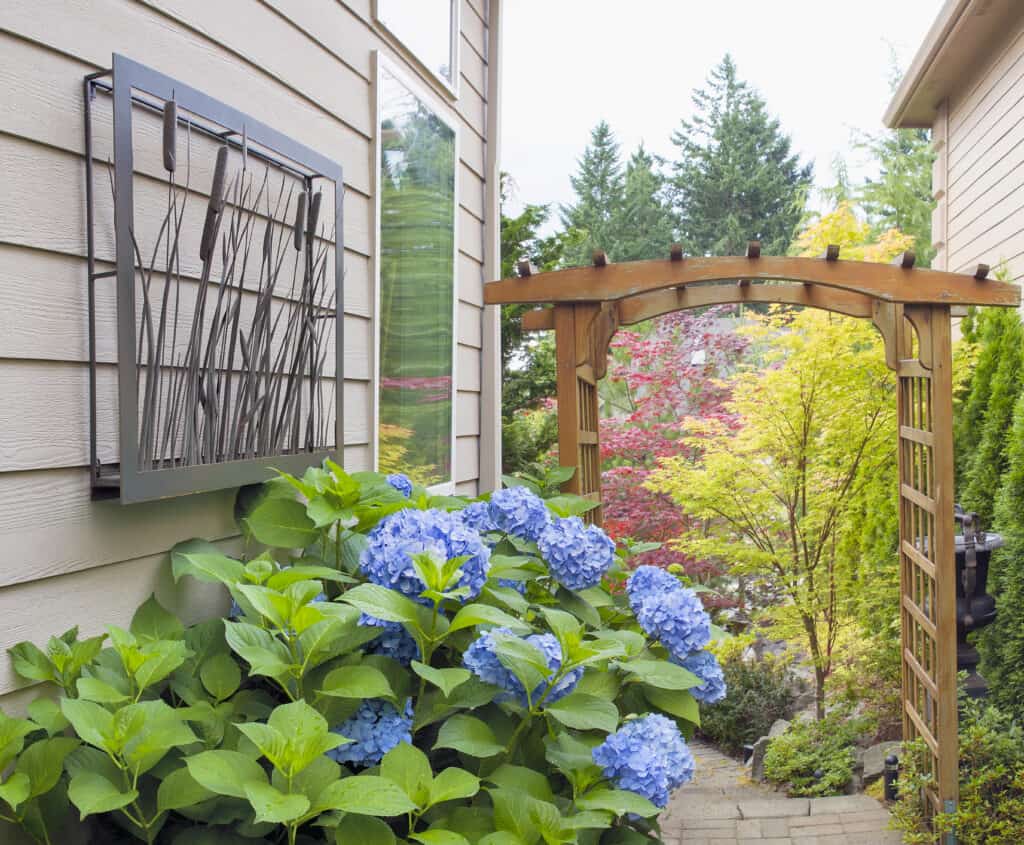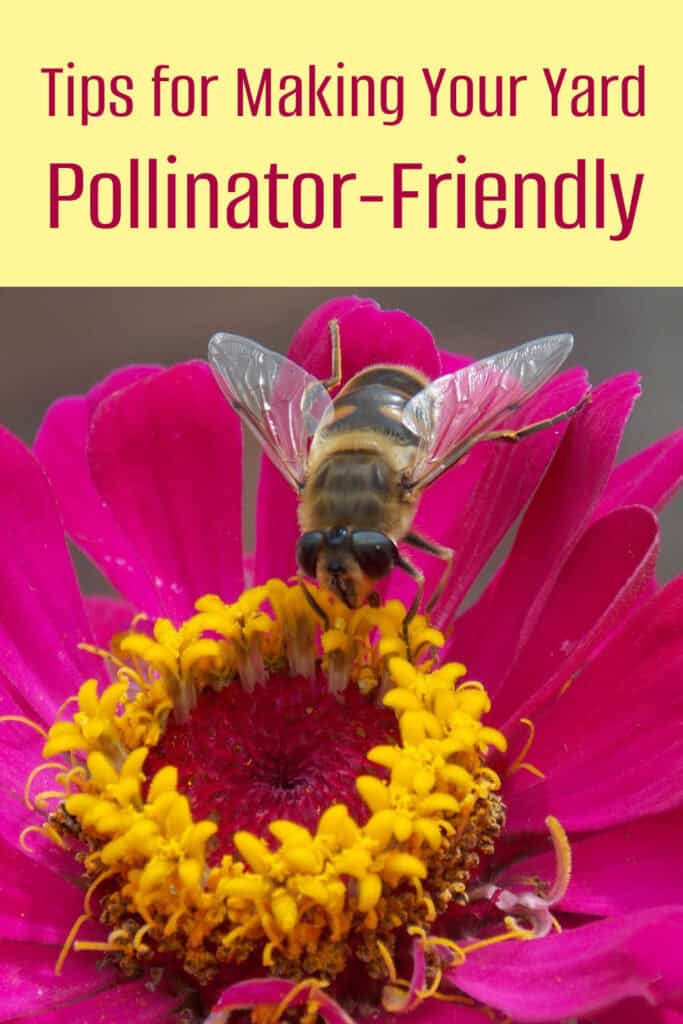Winter is always so long for me, here in upstate New York, where the dreary gray days seem to stretch on. As soon as the days get longer and the weather begins to change, I am always excited to start think about getting ready for spring. Preparing your garden early helps with a productive growing season. Here are some tips for getting ready to dig in!
Clean Up and Clear Debris
Begin by removing dead leaves, broken branches, and any debris that has accumulated over the winter. Cut back any remaining dried plants from last season and clear out weeds that may have taken root. This allows for better air circulation and prevents pests from settling in.
Prepare the Soil
Healthy soil is the foundation of a thriving garden. Start by loosening compacted soil with a garden fork or tiller. Add compost, aged manure, or organic fertilizer to replenish nutrients. If necessary, conduct a soil test to check pH levels and adjust with lime or sulfur for optimal plant growth. You can often get free soil testing through local garden centers or cooperative extensions.
Plan and Organize Your Garden
Decide what you want to plant based on your local climate and growing conditions, using a hardiness zone map. Map out where vegetables, flowers, and herbs will go, considering sunlight, spacing, and companion planting. If you’re rotating crops, ensure you’re not planting the same species in the same spot as last year to prevent soil depletion.
Start Seeds Indoors
For an early start, plant seeds indoors for crops like tomatoes, peppers, and herbs. Use seed trays with nutrient-rich soil and place them in a warm, sunny location or under grow lights. Or, you can often find these seedlings at your local garden center. Once the weather warms, these seedlings will be ready for transplanting into your garden. Be sure to check what date is usually the safest to put these in the ground. Remember, your plants can go into shock just from going from warm to cool, even if there is no danger of frost.
Check and Repair Tools and Equipment
Inspect gardening tools such as pruners, shovels, and rakes. Clean and sharpen blades, replace broken handles, and ensure your watering system is working efficiently. A well-maintained set of tools makes gardening easier and more effective. Wash garden gloves or buy new ones.
Prune Trees and Shrubs
Late winter to early spring is the best time to prune many trees and shrubs before new growth begins. Remove dead or damaged branches, shape shrubs, and thin out overgrown areas to encourage healthy development. Be sure to research specific pruning needs for each plant to avoid cutting at the wrong time.
Mulch and Protect Plants
Applying a fresh layer of mulch helps retain moisture, suppress weeds, and regulate soil temperature. Choose organic mulch like shredded leaves, bark, or straw to improve soil quality as it breaks down. Mulching also protects tender perennials from late frost damage.
Attract Beneficial Insects
Encouraging pollinators and natural pest controllers like bees, ladybugs, and butterflies will improve your garden’s health. Planting nectar-rich flowers, providing a water source, and avoiding chemical pesticides can create a welcoming habitat for these beneficial insects.
Set Up Garden Beds and Containers
If using raised beds or containers, check for damage and refresh the soil with organic matter. Consider adding new planters or vertical gardening structures to maximize space, especially if you have a small yard or patio garden.
Start a Compost Bin and Rain Barrel
A compost bin and rain barrel are excellent additions to your garden! These are wonderful ways to be eco-friendly and support your gardening.






I wish I could grow stuff. I tend to accidentally kill everything. But maybe I’ll try again. I do love Spring flowers.
I’m going to use these tips and try again for a garden. I tried last year and failed on most things but maybe I just need a plan this year.
I love the idea of starting seeds indoors and organizing the garden early, definitely going to put those tips to use this year!
I have a few indoor gardens I need to get started; this is such a great post with so many garden tips. My only problem with my outdoor garden is I have a lot of bunnies, and they eat all my plants.
oh.. i really need to want to get a compost bin started and start gardening this year.. this post is my reminder to do all these. thank you